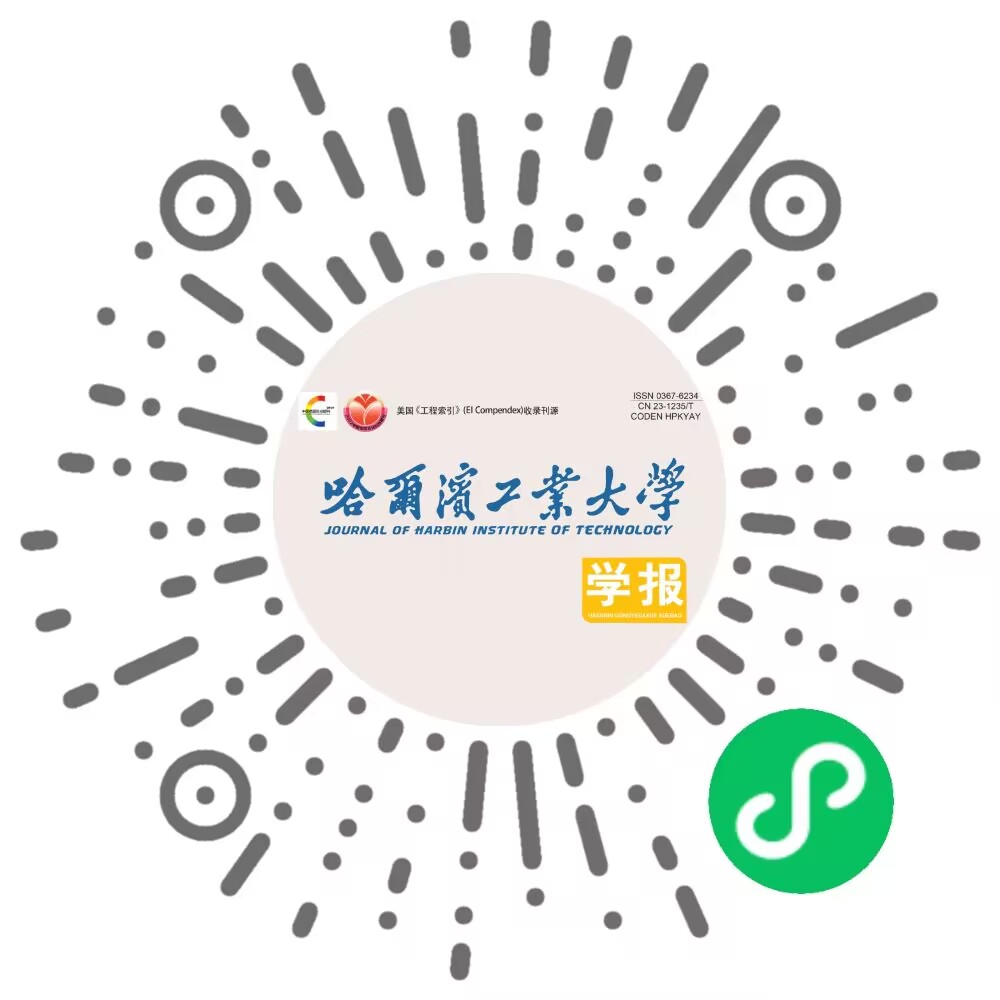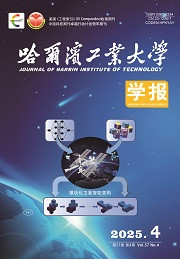| 引用本文: | 张剑桥,何欣月,宁兹功,路璐.液相循环水热法污泥减量及资源化利用[J].哈尔滨工业大学学报,2023,55(6):33.DOI:10.11918/202212077 |
| ZHANG Jianqiao,HE Xinyue,NING Zigong,LU Lu.Sludge reduction and resource utilization based on hydrothermal process with processing liquid recycling[J].Journal of Harbin Institute of Technology,2023,55(6):33.DOI:10.11918/202212077 |
|
| 本文已被:浏览 1666次 下载 3245次 |

码上扫一扫! |
|
|
| 液相循环水热法污泥减量及资源化利用 |
|
张剑桥1,2,何欣月3,宁兹功3,路璐3,4
|
|
(1.清华大学深圳国际研究生院,广东 深圳 518055; 2.深圳市罗湖区城市管理和综合执法局,广东 深圳 518003; 3.哈尔滨工业大学(深圳) 土木与环境工程学院,广东 深圳 518055; 4.城市水资源与水环境国家重点实验室(哈尔滨工业大学),哈尔滨 150090)
|
|
| 摘要: |
| 为攻克目前污泥水热产物价值相对较低、水热液过剩等问题,提出将水热液作为水热介质多次循环利用的工艺方案。通过分析污泥中氮、磷及有机质等重要资源在水热固、液相中的转化及分配规律,探究水热液循环利用在提高污泥水热产物价值、节约水资源方面的可行性和潜在优势。结果表明:水热液循环利用促进液相产物中氮、磷成分积累,在250 ℃水热条件下,3次循环后液相氨氮质量浓度高达17 000 mg/L,液相总磷质量浓度为200 mg/L,分别是一次水热结果的4倍和5倍,显著提升水热液的资源回收效率;水热液循环利用促进水热固相的成炭过程,有助于提高污泥水热炭化产物的利用价值。通过调控水热反应强度、增加水热液循环次数,可实现水热产物价值最大化,同时提升水资源利用效率。研究结果可为水热法实现市政污泥高效减量化、资源化利用提供理论和技术支撑。 |
| 关键词: 市政污泥处理和利用 水热液循环再利用 水热炭化 养分积累 能量回收 |
| DOI:10.11918/202212077 |
| 分类号:X705 |
| 文献标识码:A |
| 基金项目:深圳市科技计划(KQTD20190929172630447) |
|
| Sludge reduction and resource utilization based on hydrothermal process with processing liquid recycling |
|
ZHANG Jianqiao1,2,HE Xinyue3,NING Zigong3,LU Lu3,4
|
|
(1.Tsinghua Shenzhen International Graduate School, Shenzhen 518055, Guangdong, China; 2.Luohu District Urban Management and Comprehensive Law Enforcement Bureau, Shenzhen 518003, Guangdong, China; 3.School of Civil and Environmental Engineering, Harbin Institute of Technology, Shenzhen 518055, Guangdong, China; 4.State Key Laboratory of Urban Water Resource and Environment (Harbin Institute of Technology), Harbin 150090, China)
|
| Abstract: |
| To resolve the problems such as the relatively low utilization value of hydrothermal products and excess processing liquid, this study proposed a multiple recycling process scheme with hydrothermal processing liquid as the HTC medium. By analyzing the transformation and distribution of nitrogen (N), phosphorus (P), and organic matters in hydrothermal solid and liquid phases, the feasibility and advantage of the hydrothermal recycling approach for improving the utilization value of sludge by-products and saving water resources were investigated. It was found that under the HTC condition of 250 ℃, N-containing components in hydrothermal liquid increased with recycling. After three cycles, the concentration of NH+4-N and P in liquid reached 17 000 mg/L and 200 mg/L respectively (being 4 and 5 times the primary hydrothermal processing liquid), significantly improving the efficiency of hydrothermal resource recovery. The conversion of organic components to solid phase promoted carbon formation, with the utilization value of hydrochar products increased. In conclusion, regulating the intensity of hydrothermal reactions and increasing the recycling cycles of processing liquid tend to maximize the utilization value of hydrothermal products and improve the efficiency of water use. The results provide a fresh insight for popularizing the hydrothermal technique to achieve sludge reduction and resource utilization. |
| Key words: disposal and utilization of municipal sludge recycling of hydrothermal processing liquid hydrothermal carbonization nutrients accumulation energy recovery |







